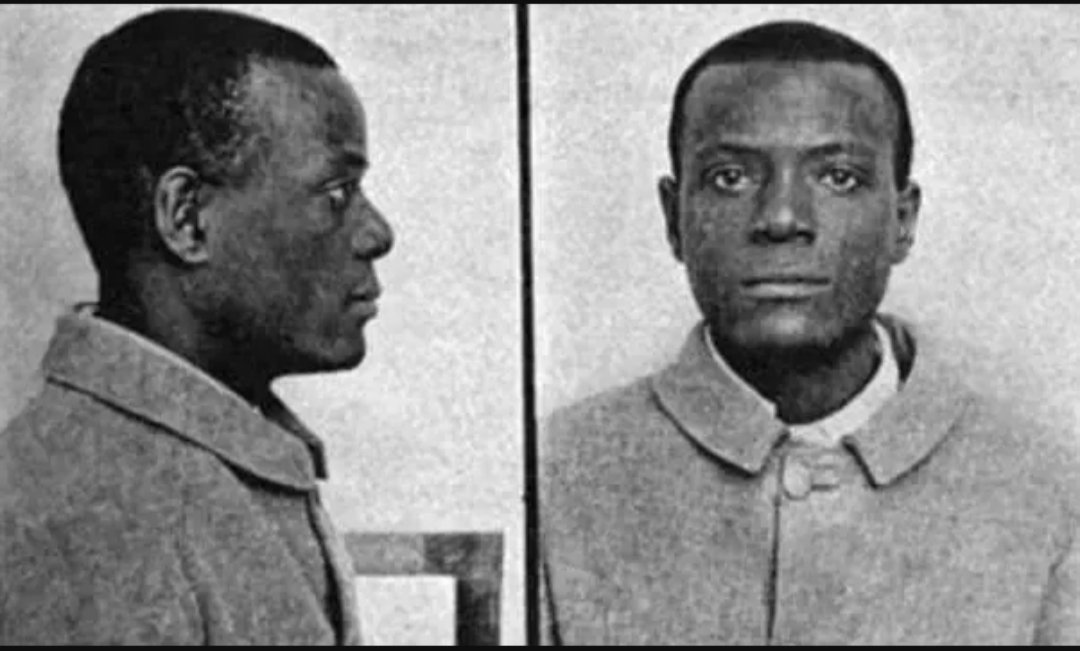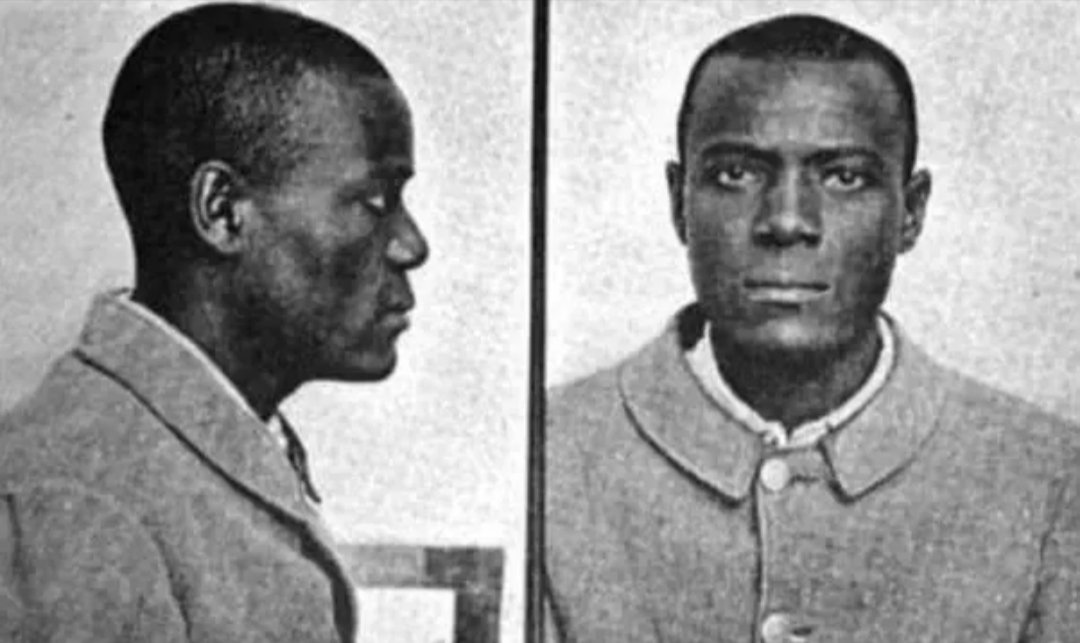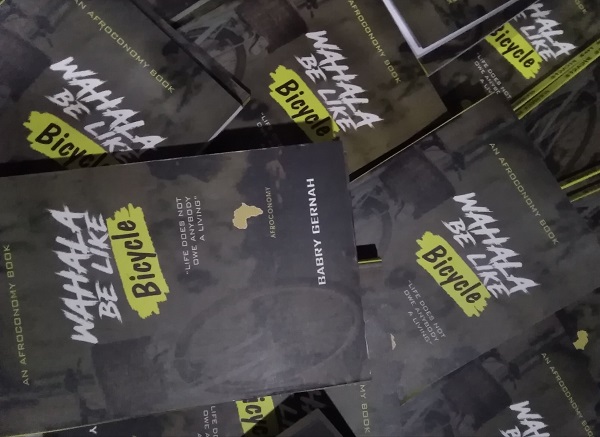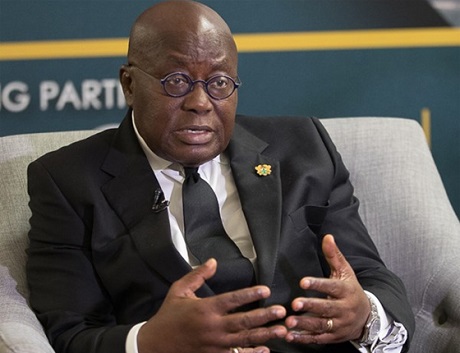One of the scariest coincidences that happened in history
Imagine meeting your doppelgänger in prison. He looks exactly like you, you both have the same name, but you’re unrelated!
The man below is called Will West.
This man below is called William West.
They looked identical and even shared the same name, but the two prisoners pictured were actually different people and their remarkable case helped bring in the era of fingerprint identification.
The man above was called Will West, the man below William West, and they were both sentenced to jail at Leavenworth Penitentiary in Kansas over 100 years ago.
The arrival of Will West in 1903 caused the records clerk at the prison considerable confusion because he was convinced he’d processed him two years previously.
The clerk, M.W. McClaughry, asked Will West if he’d ever been to the prison before and West said he hadn’t.
McClaughry then set about taking his Bertillon measurements, which was named after the French policeman Alphonse Bertillon – which was the usual method of identifying people and involved recording the dimensions of key physical features.
McClaughry, still convinced the man before he had already been to the prison, looked up his name in his filing system and found one William West – who looked identical to Will West in the photographs in every respect.
They even shared the same Bertillon measurements.
But Will West insisted to McClaughry that it was not him: ‘That’s my picture, but I don’t know where you got it, for I know I have never been here before.’
To McClaughry’s surprise, he was absolutely right, too. William West was a different person altogether and in fact, had been admitted to the prison two years previously for murder.
The case highlighted the flaws in the Bertillon method and it wasn’t long before the U.S authorities turned to fingerprint.
John K. Ferrier, who met McClaughry at the St Louis World Fair in 1904 while he was guarding the Crown Jewels, which were on tour.
He told the U.S prison officer how Scotland Yard had been using fingerprinting for the past three years and evangelised its accuracy.
McClaughry was told, and after being instructed on the technique he introduced it to Leavenworth Prison. America’s first national fingerprint repository was established shortly afterwards.
The use of fingerprints had really begun in 1858 with Sir William James Herschel, who asked locals to stamp their business contracts with their palms. However, he did this on an impression that it would be a good way of identifying someone, not because he knew the science behind it.
- Comedian Dave Chappelle tests positive for coronavirus cancels shows - January 28, 2021
- Boeing declares $12billion loss for 2020 - January 28, 2021
- American singer Halsey reveals she is pregnant with 1st child - January 28, 2021







